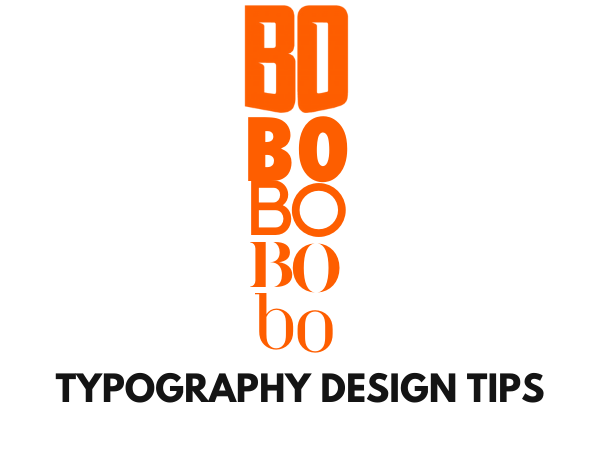Typography Design Tips
Many people believe that the best description of typography is found in Wikipedia, which defines it as “the art and method of arranging type to make written language legible, readable, and appealing when displayed.” Since it essentially pertains to printed materials, it is a pertinent subject for t-shirt design.
History
Even though these first examples of typography were primitive, they may be found among the earliest seals and texts inscribed on ancient money. The oldest full text produced employing repeated letters (as in a written language) is thought to have originated in Greece about 1725 BCE. The intricate mosaics seen in ancient Hebrew and Byzantine constructions, which include both images and text constructed out of various colored tiles, also exhibit early printing processes. However, the development of Gutenberg’s printing press marked a turning point in the history of typography. Even though a comparable kind of printing had been independently invented in China a few hundred years earlier, Gutenberg’s press’s materials and techniques were so effective that they supplanted those employed in China and are still in use today. With the development of computers, typography saw its second major turning point. Almost everyone in the world is a typographer nowadays thanks to the widespread use of mobile phones, laptops, desktop computers, texting, email, and school assignments, a phenomena that has only been true for a few decades.
Techniques
There are several elements that need to be considered while developing effective and aesthetically pleasing font. These include font selection, size, color, and weight (boldness), as well as padding (margins), line spacing, tracking (the space between all letters), kerning (the space between certain letter pairings such as AV vs A V), and tracking. As can be seen, there are a lot of factors to take into account while designing typography. Different design methods are required for various sectors and aims. For instance, a contemporary artist wouldn’t use the same style for a children’s book, a shoe advertising, or a wanted poster. Therefore, it’s important to experiment with several typographic approaches when creating a t-shirt or sweatshirt design to find the ones that best serve the design’s objective.

